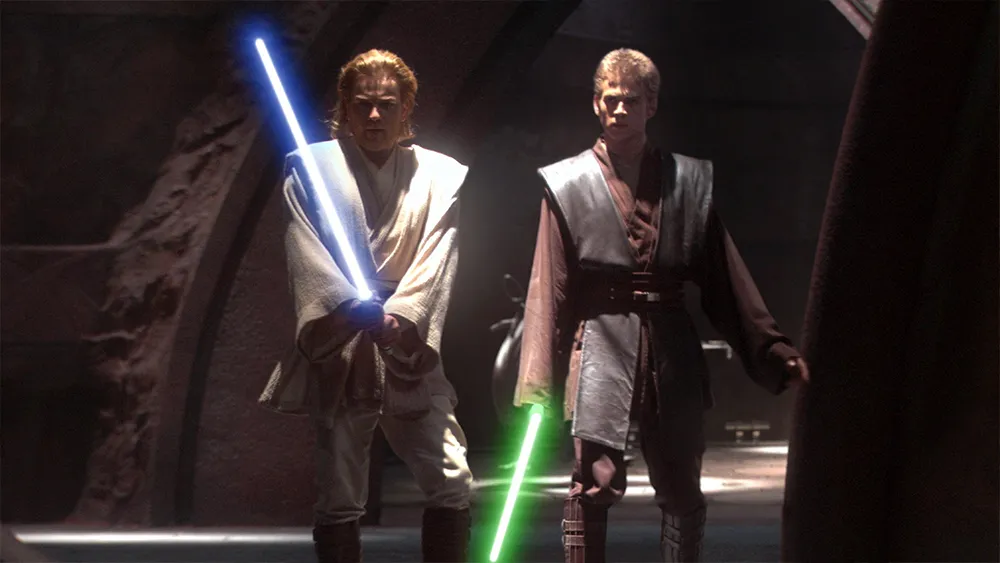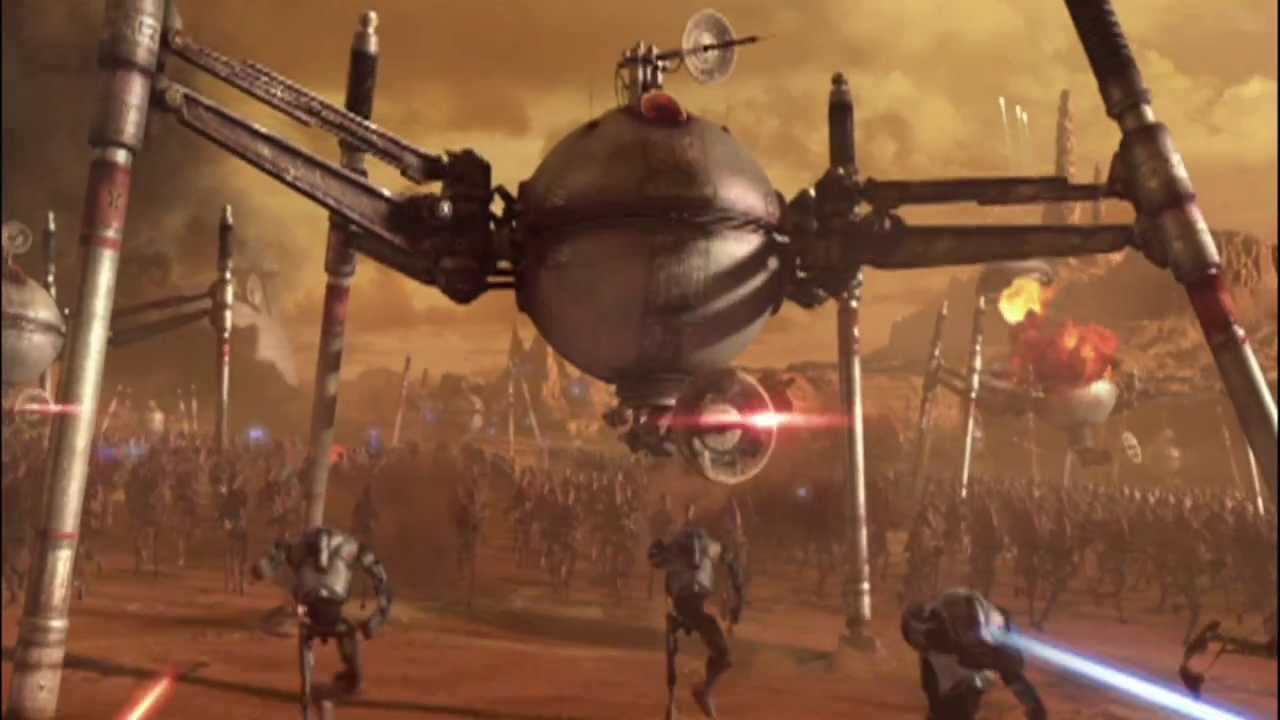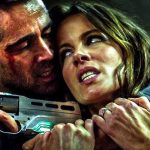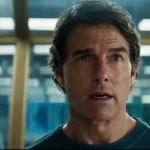🎬 Star Wars: Episode II – Attack of the Clones (2002)

🎬 Introduction to Star Wars: Episode II – Attack of the Clones (2002)
Star Wars: Episode II – Attack of the Clones (2002), directed by George Lucas, is the second installment in the Star Wars prequel trilogy. Following the events of The Phantom Menace (1999), this film takes place ten years after young Anakin Skywalker’s (Hayden Christensen) introduction to the Jedi Order. The galaxy is on the brink of war, with political unrest sweeping across the galaxy as separatists, led by Count Dooku (Christopher Lee), prepare to break away from the Galactic Republic.
The story follows Jedi Knight Obi-Wan Kenobi (Ewan McGregor) and his young apprentice, Anakin, as they are assigned to protect Padmé Amidala (Natalie Portman), who becomes a target of assassination. As Anakin and Padmé grow closer, the seeds of the tragic downfall of Anakin Skywalker are planted. Attack of the Clones is an essential chapter in the Star Wars saga, as it explores themes of love, loyalty, and the growing darkness within Anakin. This film sets the stage for the fall of the Republic and the rise of the Empire, and it delves into the complicated relationships that shape the events of the original trilogy.
🎬 Action, Visuals, and World-Building
One of the standout features of Attack of the Clones is its ambitious world-building and cutting-edge visual effects. The film expands the Star Wars universe in grand ways, introducing new planets, alien species, and complex political dynamics. From the lush landscapes of Naboo to the vast, bustling streets of Coruscant and the battle-torn plains of Geonosis, the film’s visual scope is vast and immersive. The action scenes are some of the most exciting in the entire Star Wars series, particularly the iconic battle between the Jedi and the separatist droid army, which introduces a new form of combat for the Star Wars saga.
The film also showcases the first major use of CGI in the Star Wars universe, including the creation of the vast army of Clone Troopers. While some of the CGI may appear dated by modern standards, the effects were groundbreaking at the time and helped set a new benchmark for visual storytelling in cinema. The massive scale of the battle scenes, particularly the climactic battle on Geonosis, remains a highlight of the film, with thousands of CGI clones, battle droids, and Jedi knights clashing in an epic showdown.
The visual style of Attack of the Clones is both lush and futuristic, with the film’s digital cinematography creating a polished, high-tech look that contrasts with the rugged, lived-in feel of the original trilogy. The film’s ability to blend practical effects with CGI gives the world of Star Wars a fresh, vibrant energy, taking viewers to new and exciting corners of the galaxy.
🎬 Characters, Relationships, and Themes
Attack of the Clones explores the complex relationships between its central characters, particularly Anakin, Obi-Wan, and Padmé. At the heart of the film is Anakin’s struggle with his emotions and growing sense of destiny. His relationship with Padmé, which slowly develops from mutual respect to a forbidden love affair, is one of the film’s most central themes. Anakin’s intense feelings for Padmé and his inability to control his emotions set the stage for his eventual fall to the dark side.
Hayden Christensen’s portrayal of Anakin is often a point of debate among fans, but in Attack of the Clones, he brings depth to Anakin’s inner turmoil. Anakin’s arrogance, impulsiveness, and eventual obsession with protecting Padmé are all building blocks toward his tragic future as Darth Vader. His performance, combined with the development of his relationship with Obi-Wan, sets the stage for the emotional conflict that will define the prequel trilogy.
Obi-Wan Kenobi (Ewan McGregor) continues to be a stabilizing force in the film, providing guidance to Anakin while wrestling with his own doubts. McGregor’s performance adds layers to Obi-Wan’s character, showing the growing tension between his duty to the Jedi Order and his deep concern for Anakin’s well-being. His mentorship is tested throughout the film, highlighting his own inner conflict as he watches his former pupil grow further away from the Jedi path.
Padmé Amidala, portrayed by Natalie Portman, is another crucial character in Attack of the Clones. She is not just a love interest for Anakin but a strong, independent leader with a deep commitment to the values of democracy and peace. Padmé’s character arc explores her role as a senator in a galactic political system teetering on the edge of collapse. Her relationship with Anakin is built on a foundation of shared history, and her willingness to challenge the status quo provides a voice of reason in a time of great unrest.
The themes of power, loyalty, and the moral consequences of one’s actions resonate throughout Attack of the Clones. Anakin’s internal conflict—torn between his growing attachment to Padmé and his duty as a Jedi—is one of the most prominent themes in the film. His struggle foreshadows the events of Revenge of the Sith (2005), where his inability to let go of attachments ultimately leads him to embrace the dark side of the Force.
🎬 Legacy, Influence, and Conclusion
Star Wars: Episode II – Attack of the Clones (2002) may not have been as universally acclaimed as its predecessor, The Phantom Menace, but it played an essential role in advancing the Star Wars saga. While the film’s dialogue and romantic plotline between Anakin and Padmé received mixed reactions, its action sequences, world-building, and character development paved the way for the more intense and emotional Revenge of the Sith. Attack of the Clones also set the stage for the rise of the Clone Wars, which would later be explored in both Star Wars: The Clone Wars animated series and Star Wars Rebels.
The film is significant for deepening the mythology of the Star Wars universe and providing crucial background on Anakin Skywalker’s transformation. The dark themes of war, loss, and betrayal are evident throughout, showcasing the seeds of Anakin’s eventual turn to Darth Vader. Moreover, the film’s introduction of the Clone Troopers, the beginning of the Republic’s war against the Separatists, and the political intrigue on Coruscant laid the foundation for future Star Wars storytelling.
In conclusion, Star Wars: Episode II – Attack of the Clones (2002) is a pivotal installment in the Star Wars prequel trilogy. With its groundbreaking visual effects, action sequences, and the deeper exploration of Anakin Skywalker’s inner conflict, it remains a key chapter in the Star Wars saga. While the film may have had its criticisms, its contributions to the overarching story of Star Wars cannot be denied, and it continues to be an important part of the saga for both fans and newcomers alike.










